The Role of Minimalism in Modern Furniture Design
Minimalism is a design philosophy that emphasizes simplicity, functionality, and a focus on the essential elements of a space. This approach to design has gained popularity in recent years, and it is evident in the world of modern furniture design. In this 5000-word blog post, we will explore the role of minimalism in modern furniture design, including its history, principles, and its influence on contemporary design.
The History of Minimalism in Design
Minimalism in design dates back to the mid-20th century, where it emerged as a response to the excess and ornateness of the preceding decades. In the 1960s and 1970s, minimalist artists and architects, such as Donald Judd and Mies van der Rohe, sought to strip away the unnecessary and focus on the essentials. Their work emphasized clean lines, simplicity, and a focus on function.
In the decades that followed, minimalism found its way into a wide range of design fields, including fashion, architecture, and, of course, furniture design. Minimalist furniture is characterized by its clean lines, neutral color palette, and a focus on functionality. The goal of minimalist furniture is to create a sense of calm and simplicity in a space, without distracting from the other elements in the room.
The Principles of Minimalist Furniture Design
Minimalist furniture design is guided by a few key principles, including:
-
Simplicity: Minimalist furniture is designed to be simple, functional, and uncluttered. It avoids the use of ornate details or embellishments, and instead focuses on clean lines and neutral colors.
-
Functionality: Minimalist furniture is designed to serve a specific purpose, whether it's a chair, table, or storage piece. The focus is on creating pieces that are functional, while still aesthetically pleasing.
-
Use of Neutral Colors: Minimalist furniture is often characterized by its use of neutral colors, such as black, white, grey, and beige. These colors provide a clean and simple backdrop, allowing the other elements in a space to take center stage.
-
Attention to Detail: Despite its simple appearance, minimalist furniture is often carefully designed and crafted, with a focus on quality and attention to detail. This can include clean seams, precise angles, and the use of high-quality materials.
-
Focus on the Essential: Minimalist furniture is designed to focus on the essential elements of a space, without adding unnecessary distractions. This approach allows for a calm and serene environment, where the focus is on the beauty of the space itself, rather than its furnishings.

The Influence of Minimalism on Contemporary Furniture Design
Minimalism has had a significant impact on contemporary furniture design, and its influence can be seen in a wide range of pieces, from modern sofas and chairs to sleek coffee tables and storage pieces. Today's minimalist furniture is often made from high-quality materials, such as wood, metal, and glass, and it is designed to be both functional and aesthetically pleasing.
Minimalism also plays a role in sustainability and environmental responsibility. By reducing the use of decorative elements and relying on clean lines and simple shapes, furniture designers can reduce the amount of materials used in production. This not only benefits the environment but also creates a more cost-effective and accessible product for consumers.
When it comes to accessories, minimalism still plays a crucial role. While minimal furniture pieces can be bold in their simplicity, accessories can add a touch of personality and personal style to a space. A single statement piece, such as a vase or a piece of wall art, can bring a room to life without detracting from the minimalistic aesthetic.
In addition to its influence on the design of individual pieces, minimalism has also had an impact on the way furniture is used in a space. Minimalist furniture often emphasizes the use of open spaces and neutral colors, creating a sense of calm and serenity in a room. This approach allows for the other elements in a space, such as artwork, plants, and lighting, to take center stage, and it provides a clean and uncluttered backdrop for daily life.
In conclusion, minimalism plays a significant role in modern furniture design by emphasizing clean lines, simple shapes, and neutral colors. This aesthetic not only creates a sense of harmony and balance in a space but also contributes to sustainability and environmental responsibility. When combined with carefully selected accents and accessories, minimalism can make a bold statement in any interior.
If you're looking to incorporate minimalism into your home decor, consider investing in a few well-designed furniture pieces and adding subtle touches with accessories. Remember that less is often more, and a few well-chosen pieces can have a greater impact than a room full of clutter.





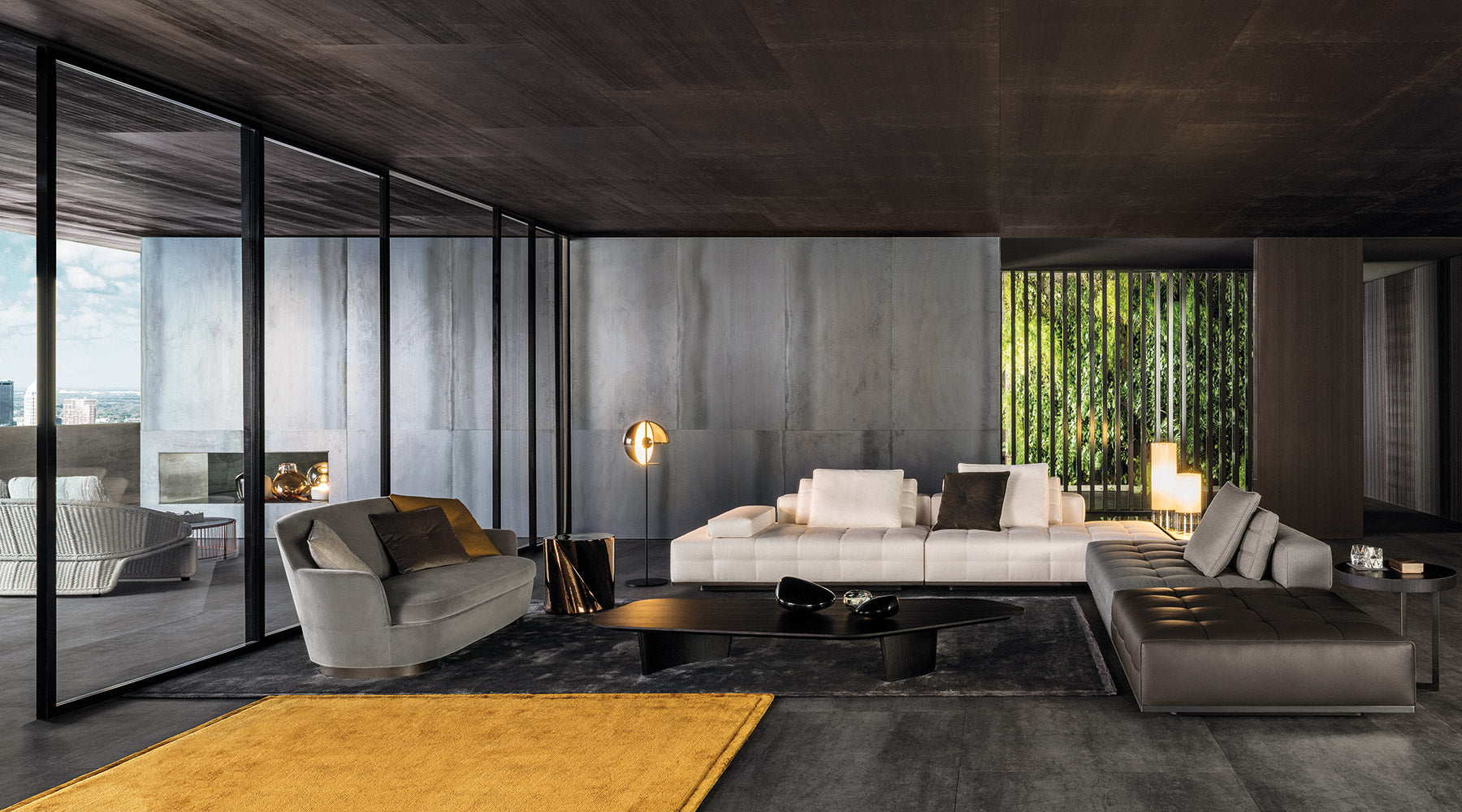
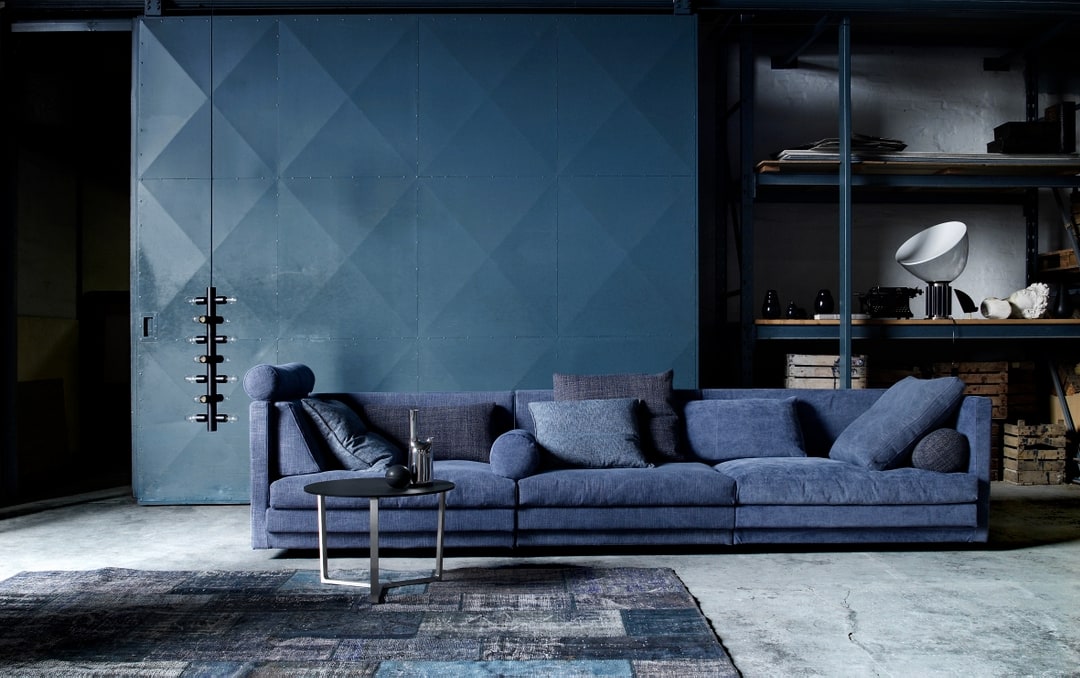
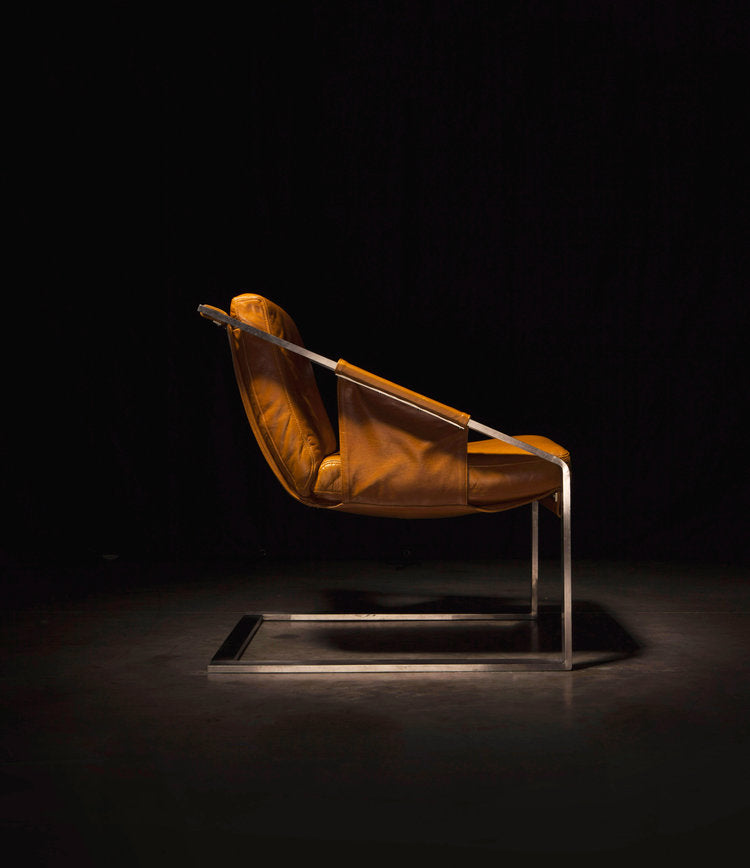
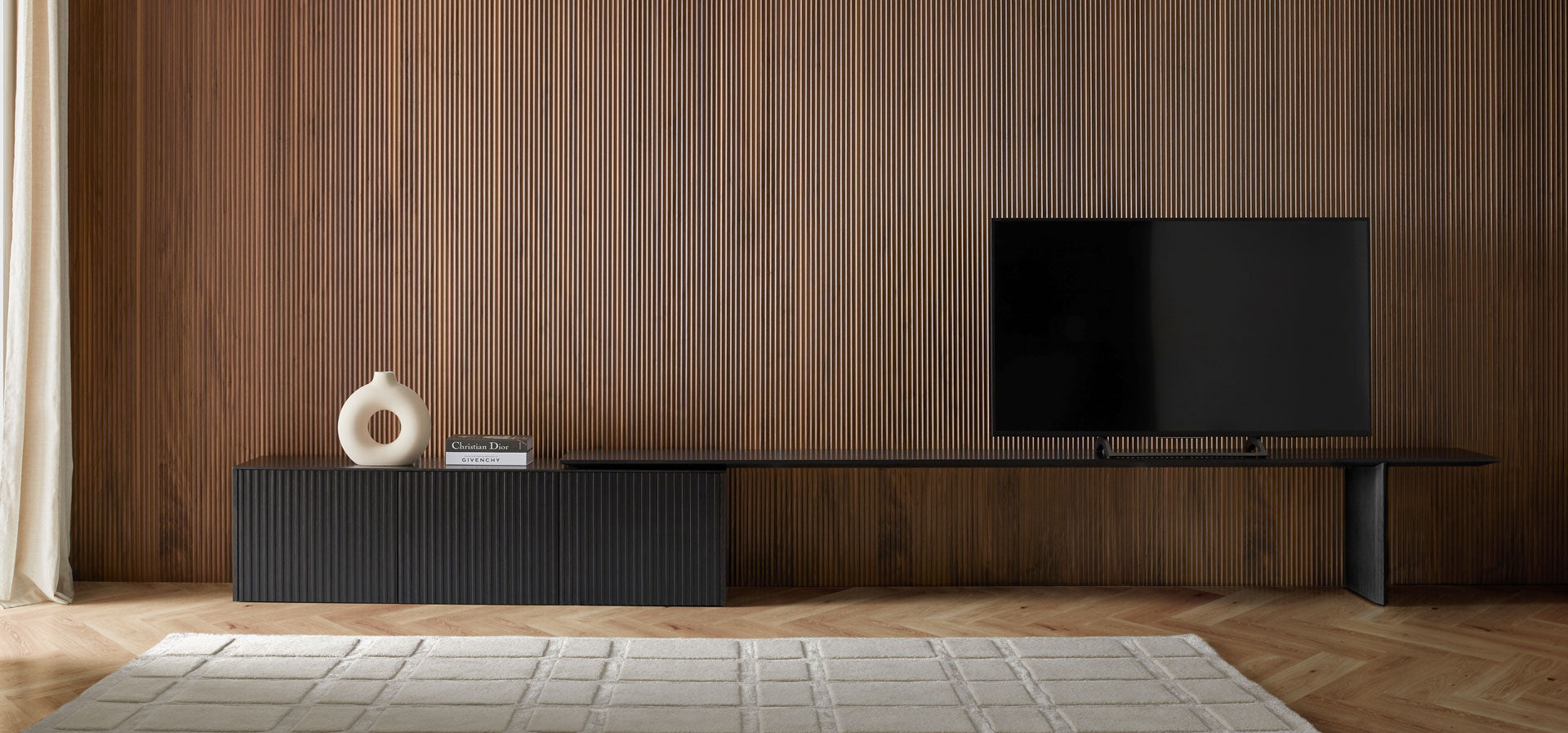



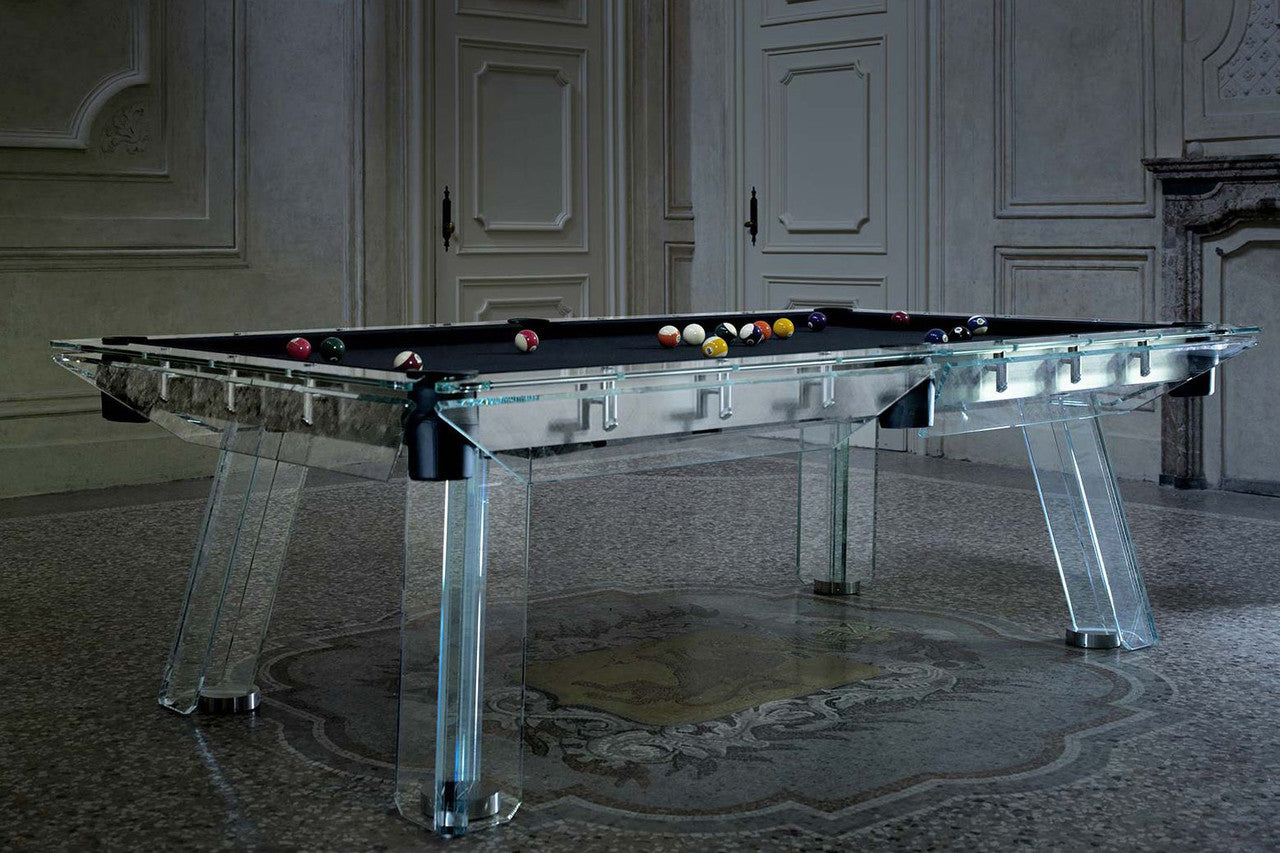


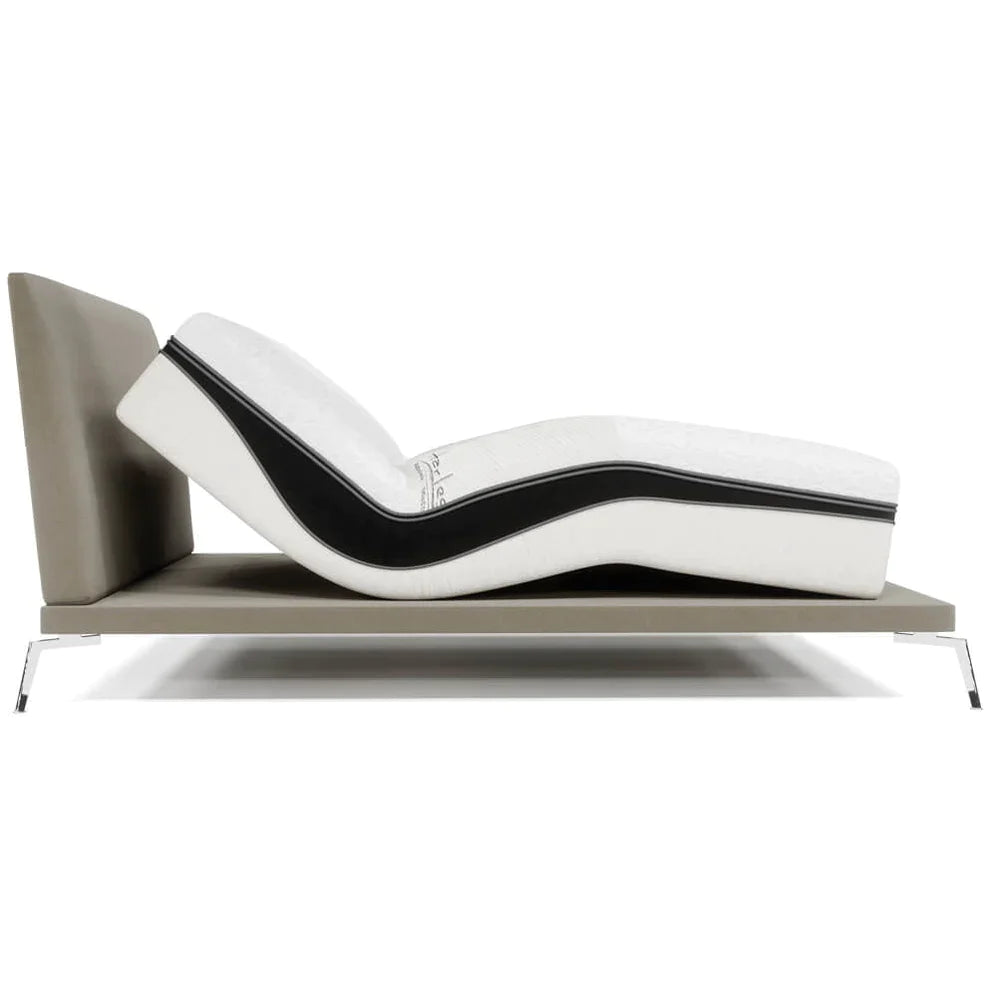


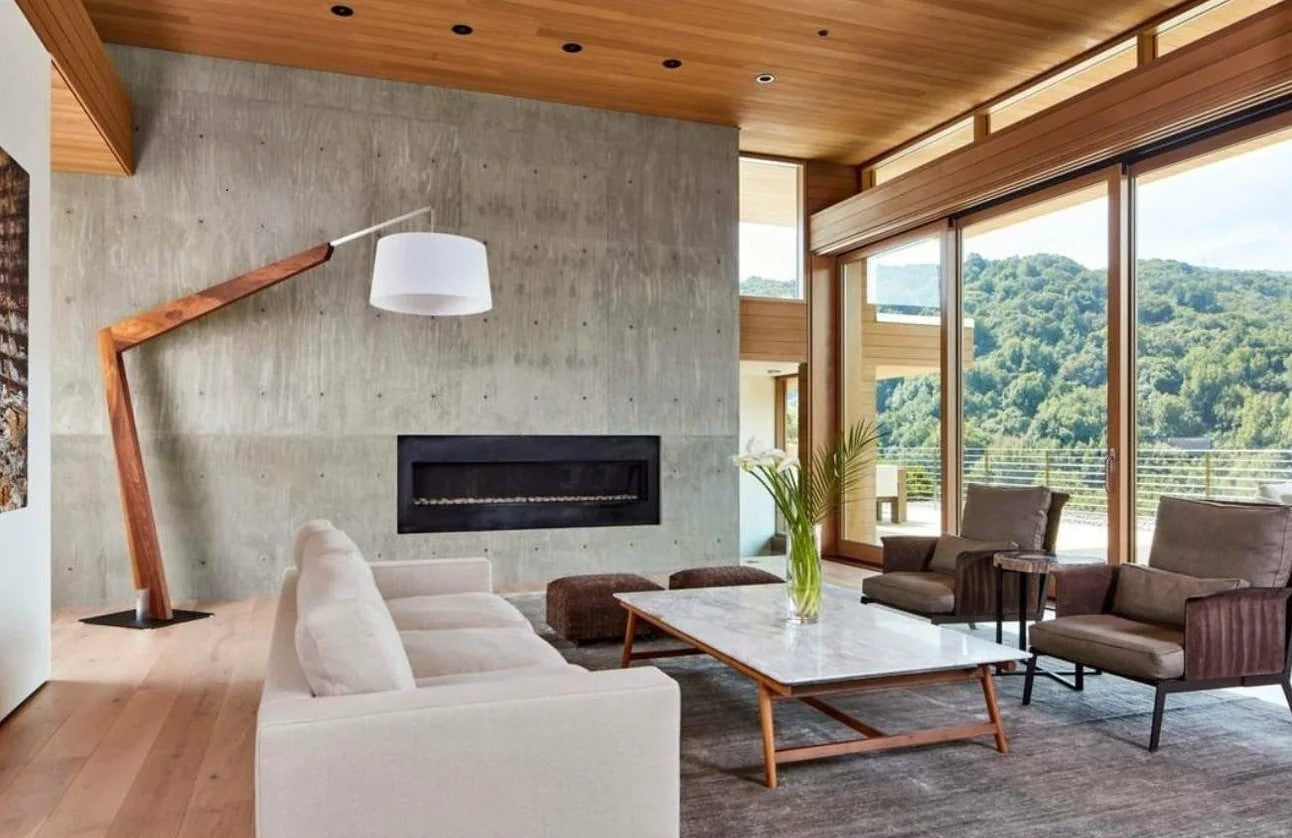
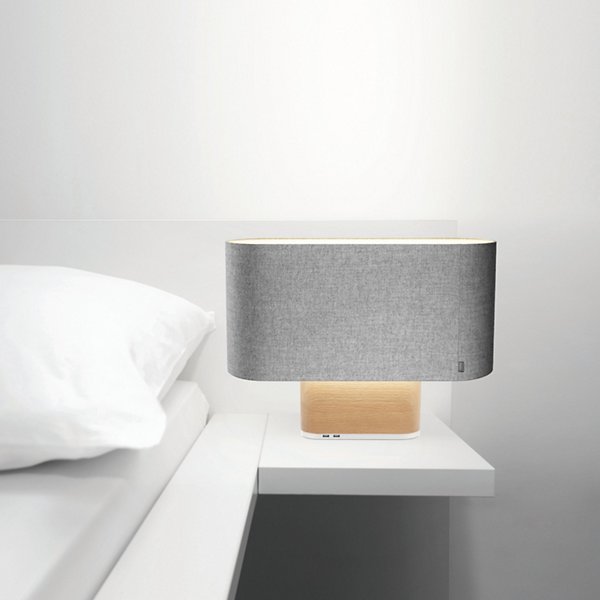






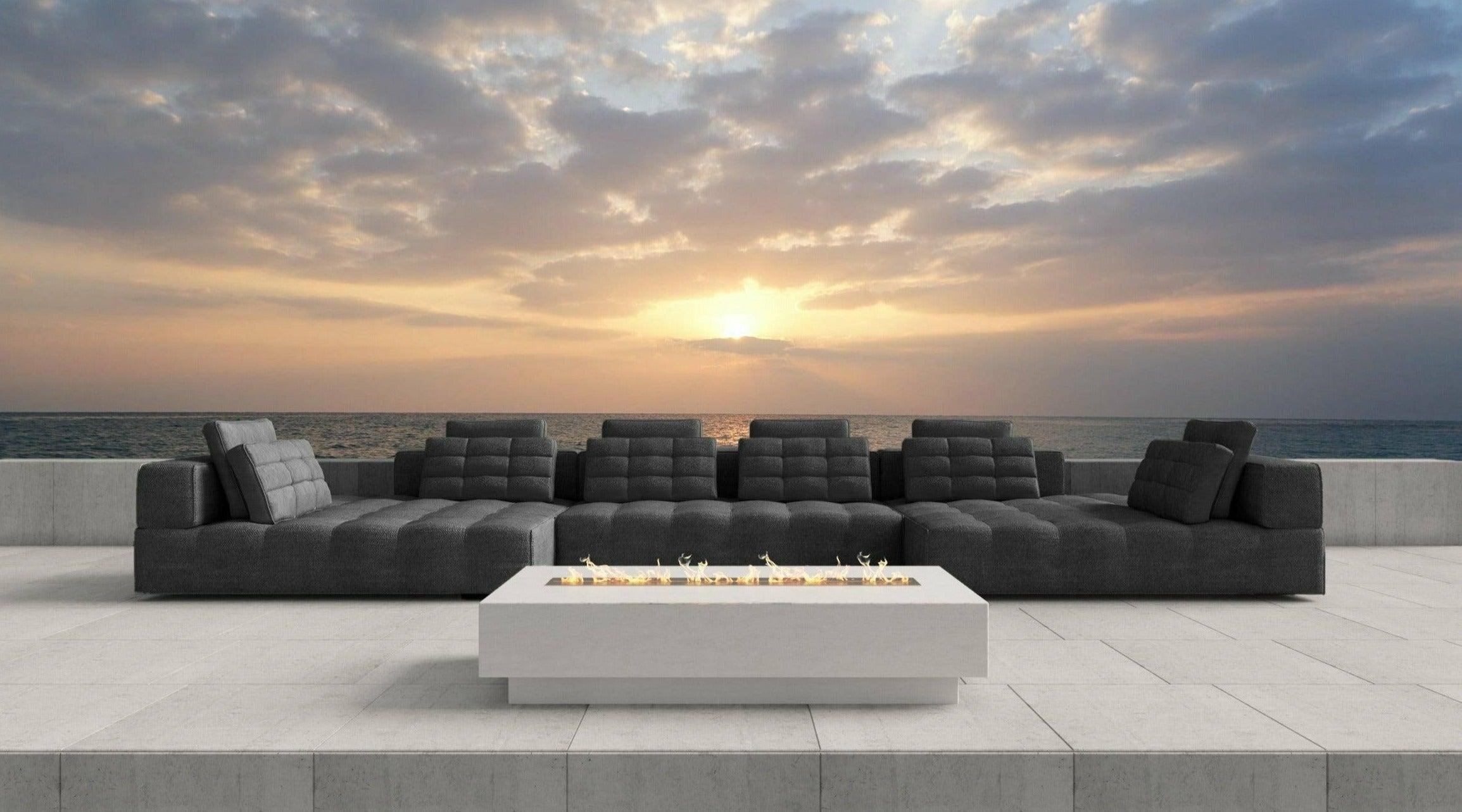

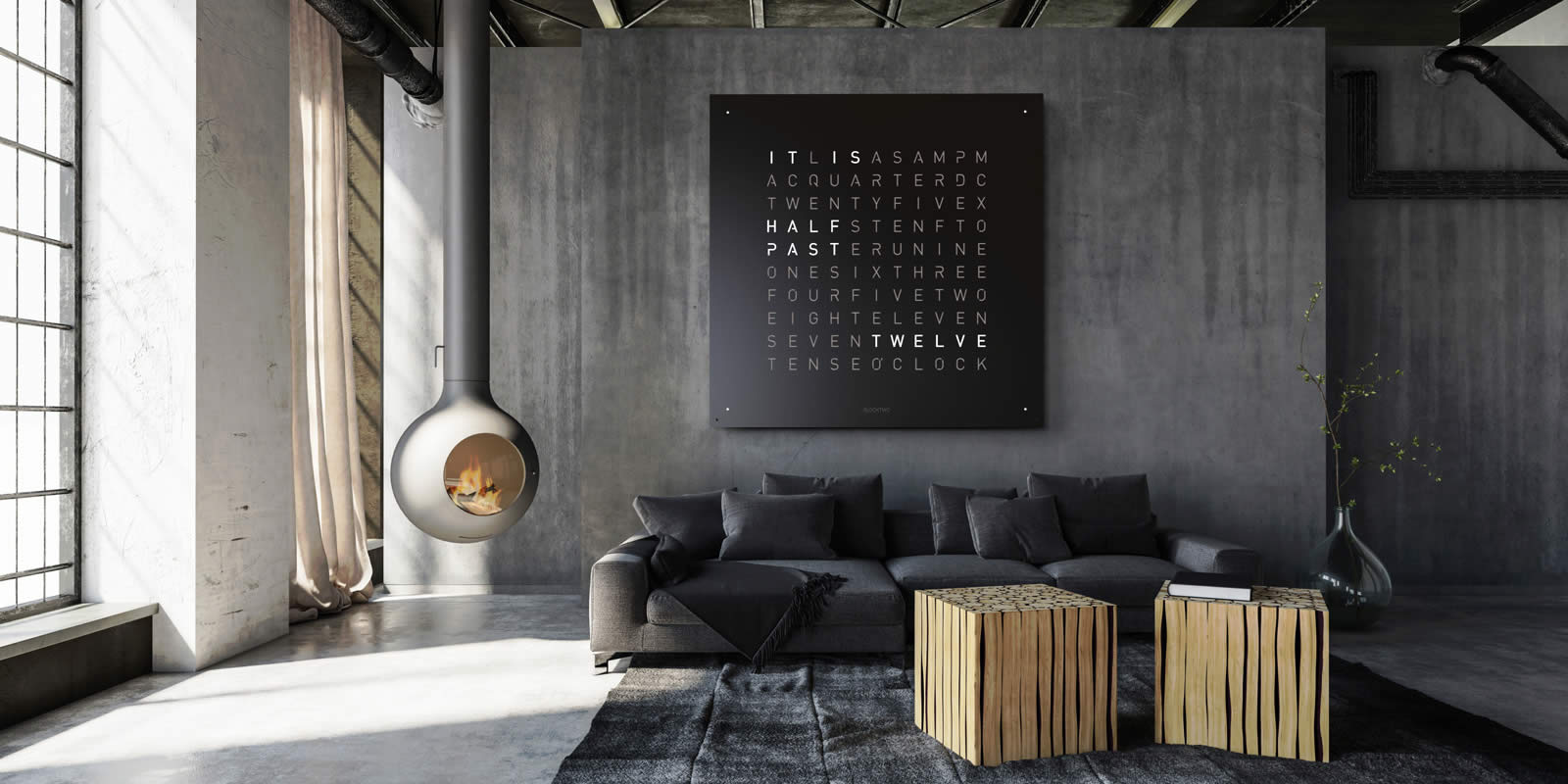
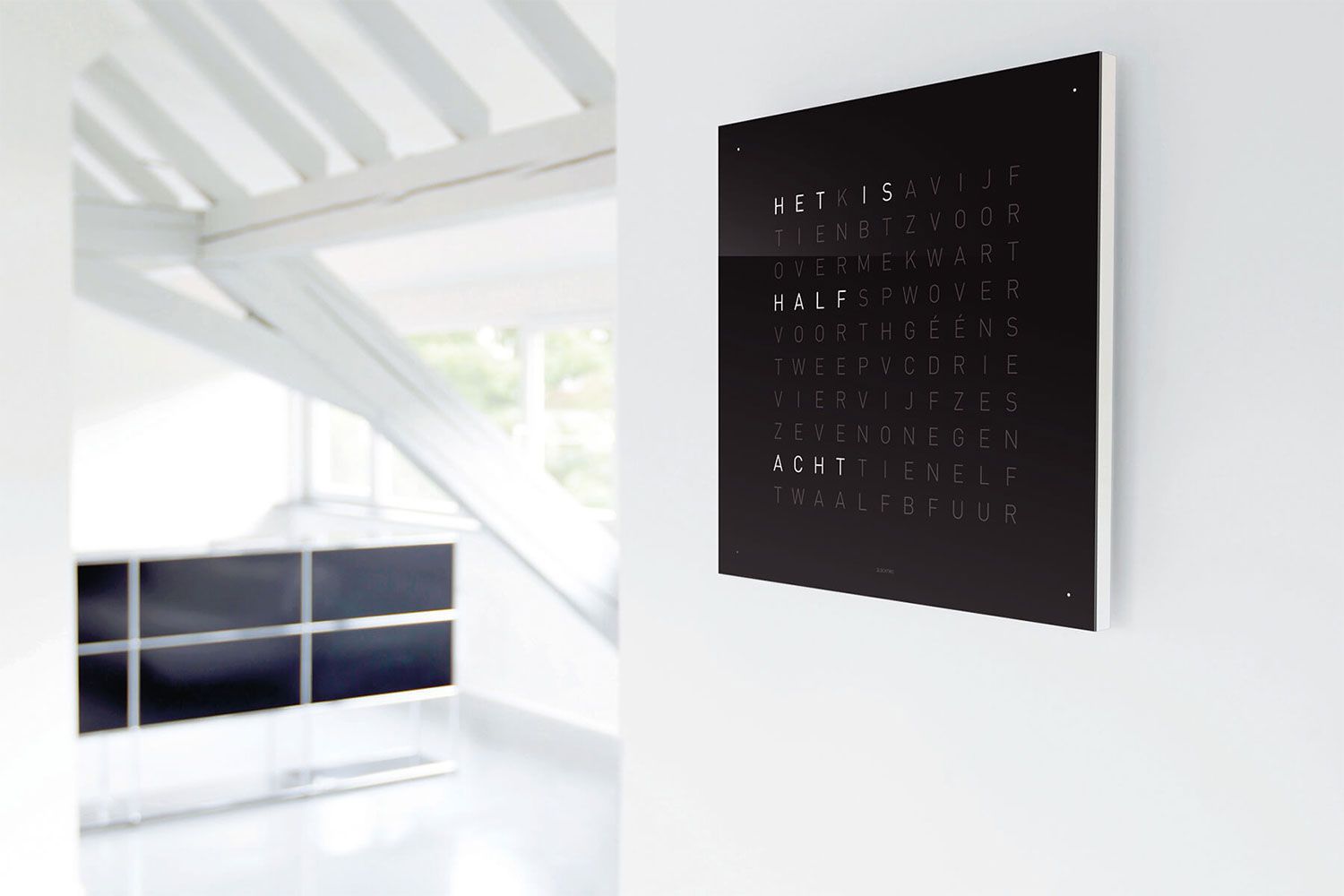


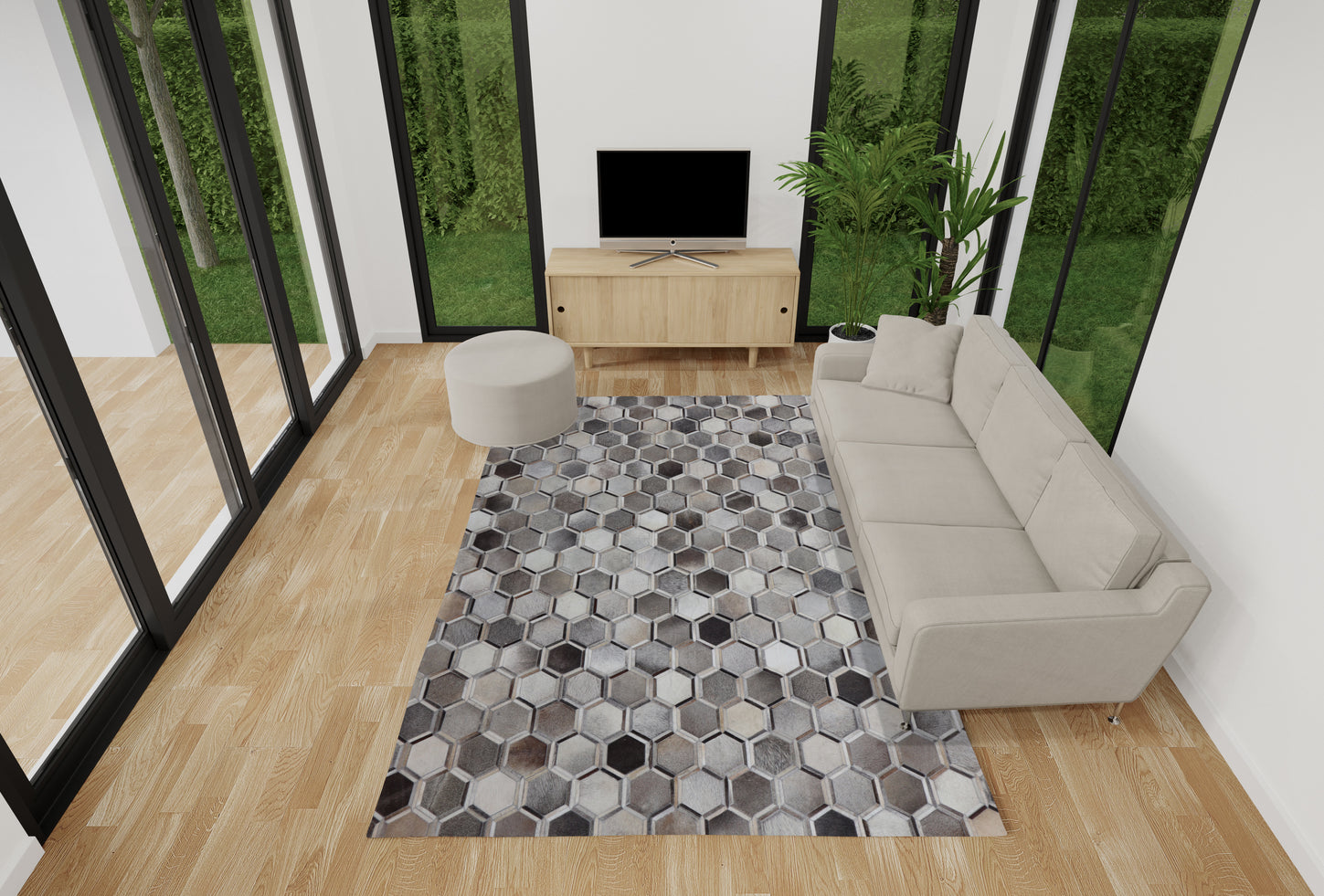




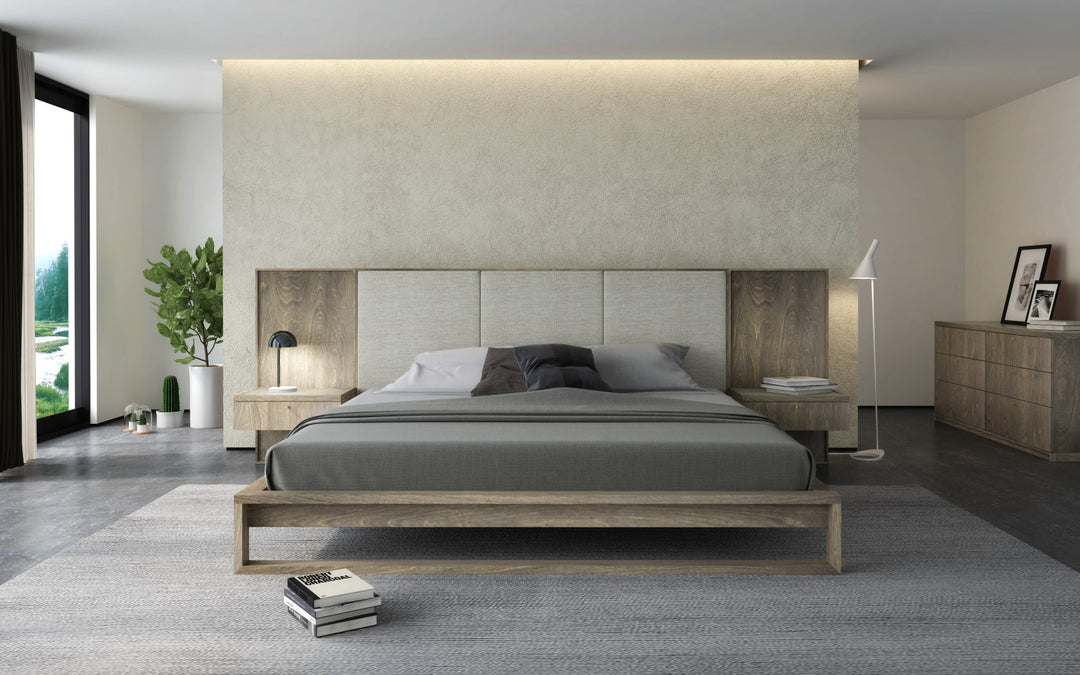

Leave a comment